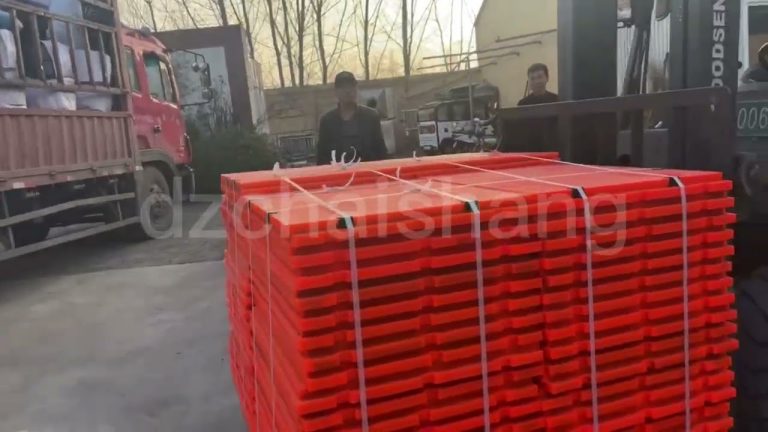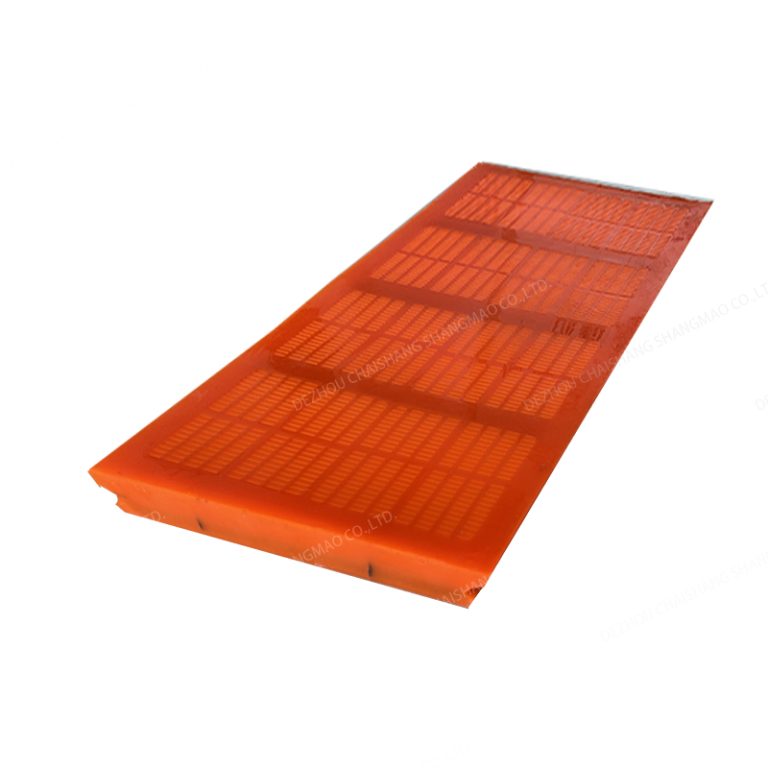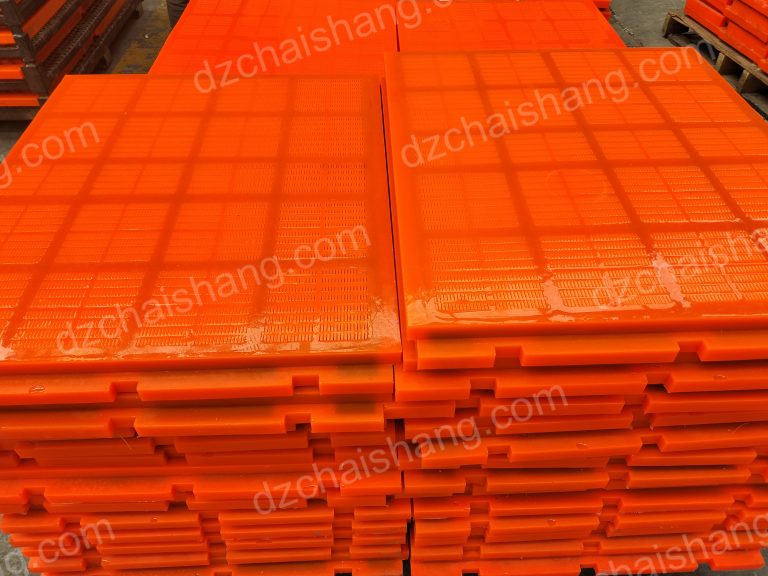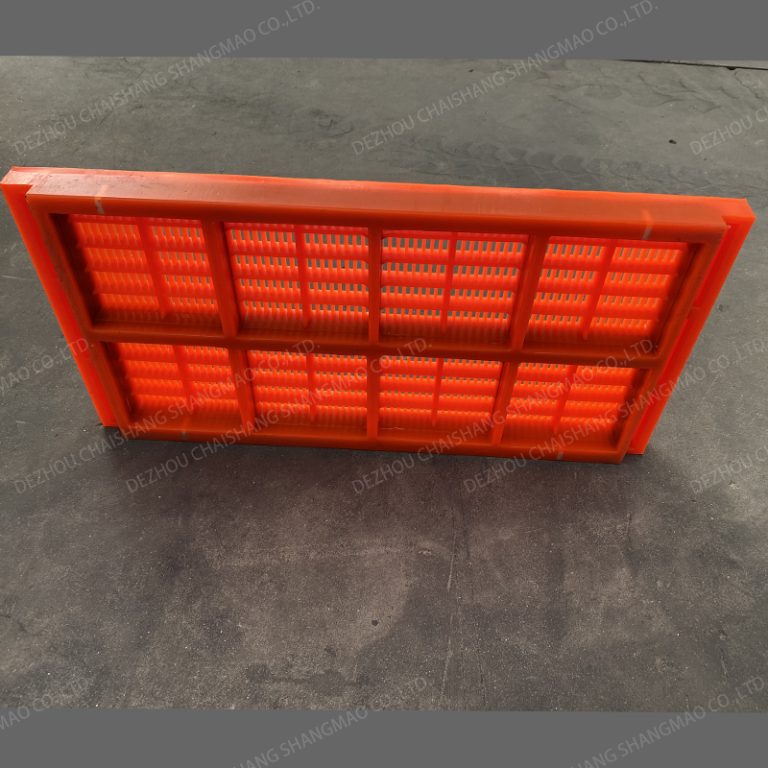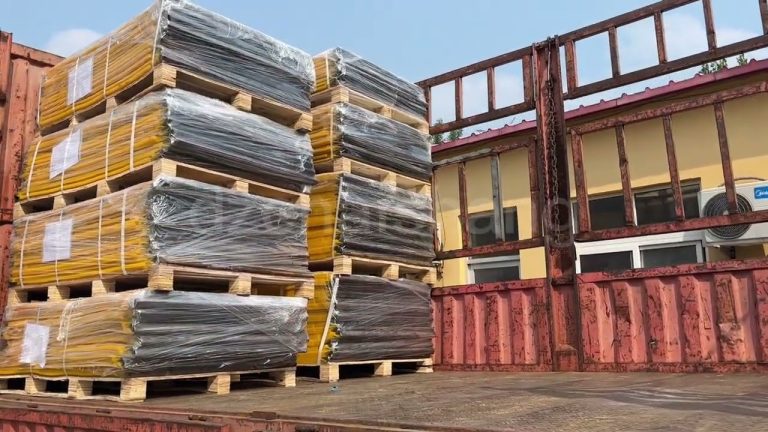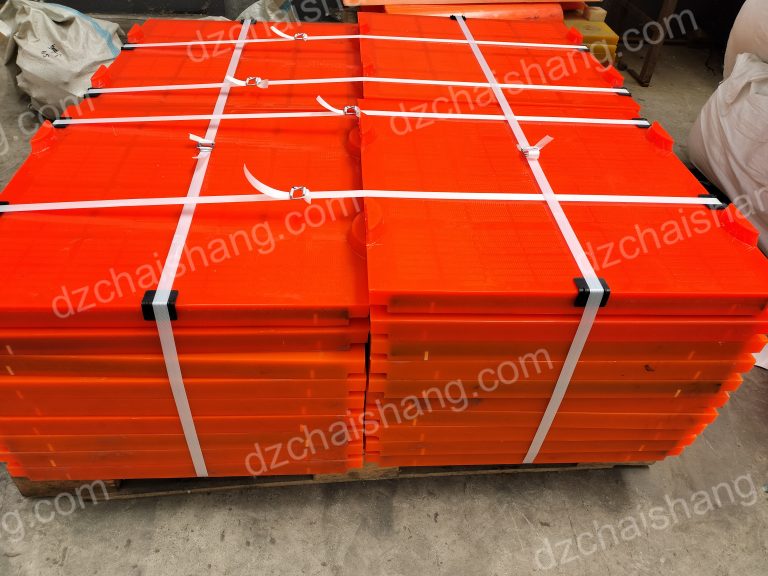Advantages and Disadvantages of polyurethane screens in Industrial Applications
Polyurethane screens have become increasingly popular in industrial applications due to their numerous advantages. These screens are made from a synthetic material that offers a high level of durability and resistance to wear and tear. This makes them ideal for use in industries where abrasive materials are processed, such as mining, construction, and recycling.
One of the key advantages of polyurethane screens is their flexibility. Unlike traditional metal screens, polyurethane screens can be molded into various shapes and sizes to suit specific requirements. This flexibility allows for greater customization and ensures a perfect fit for each application. Additionally, polyurethane screens are lightweight, making them easier to handle and install compared to heavier metal screens.
Another advantage of polyurethane screens is their resistance to corrosion and chemical damage. This makes them ideal for use in harsh environments where exposure to corrosive substances is common. Polyurethane screens are also resistant to moisture, which helps prevent rust and deterioration over time. This durability ensures a longer lifespan for the screens, reducing the need for frequent replacements and maintenance.
In addition to their durability and resistance, polyurethane screens offer excellent screening efficiency. The material is highly elastic, allowing for greater vibration and movement during the screening process. This helps to prevent clogging and blinding of the screen, resulting in a more efficient and effective screening process. Polyurethane screens also offer superior screening accuracy, ensuring that only the desired particles pass through while unwanted material is filtered out.
Despite their many advantages, polyurethane screens do have some limitations. One of the main disadvantages is their higher initial cost compared to traditional metal screens. While polyurethane screens may be more expensive upfront, their long-term durability and efficiency can result in cost savings over time. Additionally, polyurethane screens may not be suitable for high-temperature applications, as the material can soften and deform under extreme heat.
In conclusion, polyurethane screens offer a range of advantages that make them a popular choice for industrial applications. Their durability, flexibility, and resistance to corrosion make them ideal for use in harsh environments where traditional metal screens may not be suitable. While they may have a higher initial cost, the long-term benefits of polyurethane screens make them a cost-effective and efficient solution for many industries.
As the demand for polyurethane screens continues to grow, manufacturers are constantly developing new technologies and innovations to improve their performance and efficiency. By staying up-to-date on the latest developments in polyurethane screen technology, industries can ensure they are using the most advanced and effective screening solutions available. With their numerous advantages and ongoing development trends, polyurethane screens are set to remain a key component in industrial applications for years to come.
Innovations and Future Prospects of Polyurethane Screen Technology in the Global Market
Polyurethane screens have become an essential component in various industries, including mining, construction, and agriculture. These screens are known for their durability, flexibility, and efficiency in separating materials of different sizes. In recent years, there has been a growing demand for polyurethane screens both domestically and internationally. This article will analyze the current situation and development trends of polyurethane screens at home and abroad, as well as explore the innovations and future prospects of this technology in the global market.
In the domestic market, polyurethane screens have gained popularity due to their superior performance compared to traditional metal screens. The use of polyurethane screens has led to increased productivity, reduced maintenance costs, and improved overall efficiency in various industries. Manufacturers in China, the United States, and Europe have been investing in research and development to enhance the quality and performance of polyurethane screens. This has resulted in the introduction of advanced technologies and materials that have further improved the durability and longevity of these screens.
One of the key trends in the development of polyurethane screens is the use of advanced materials such as high-quality polyurethane compounds and reinforced steel frames. These materials have significantly increased the strength and wear resistance of polyurethane screens, making them suitable for heavy-duty applications in harsh environments. Additionally, manufacturers have been focusing on improving the design and construction of polyurethane screens to enhance their efficiency in separating materials of different sizes.
In the international market, polyurethane screens have also gained traction due to their superior performance and cost-effectiveness. Countries such as Australia, Canada, and South Africa have been adopting polyurethane screens in their mining and construction industries to improve productivity and reduce operating costs. The demand for polyurethane screens in these countries is expected to grow significantly in the coming years, driven by the increasing need for efficient screening solutions in various industries.
One of the key factors driving the growth of polyurethane screens in the global market is the increasing focus on environmental sustainability. Polyurethane screens are known for their energy efficiency and reduced environmental impact compared to traditional metal screens. As a result, many companies are switching to polyurethane screens to comply with strict environmental regulations and reduce their carbon footprint. This trend is expected to drive the demand for polyurethane screens in the global market in the coming years.
Looking ahead, the future prospects of polyurethane screen technology are promising, with manufacturers continuing to innovate and develop new solutions to meet the evolving needs of various industries. The integration of advanced technologies such as artificial intelligence and automation is expected to further enhance the performance and efficiency of polyurethane screens. Additionally, the development of new materials and manufacturing processes will enable manufacturers to produce high-quality polyurethane screens that are more durable and cost-effective.

In conclusion, the current situation and development trends of polyurethane screens at home and abroad indicate a growing demand for this technology in various industries. The innovations and future prospects of polyurethane screen technology in the global market are promising, with manufacturers focusing on enhancing the performance, durability, and efficiency of these screens. As the demand for efficient screening solutions continues to rise, polyurethane screens are expected to play a key role in driving productivity and sustainability in industries around the world.

